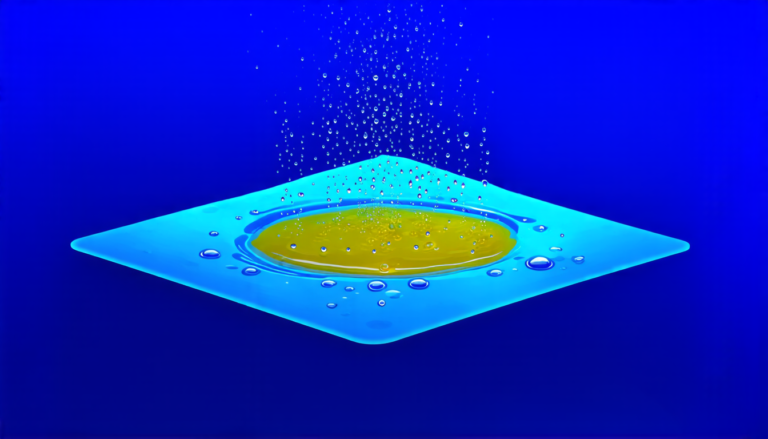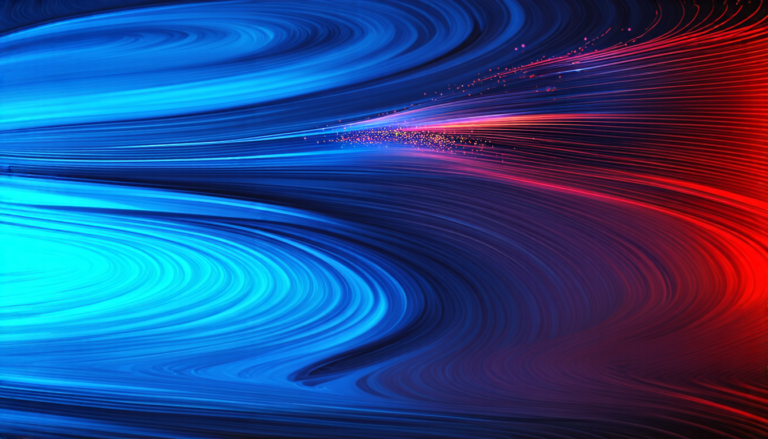Sunday 02 February 2025
The latest research in wireless communication has made a significant breakthrough in understanding the behavior of ultra-dense networks (UDNs). UDNs are characterized by an extremely high density of base stations, which can provide unparalleled coverage and capacity to users.
Researchers have used stochastic geometry, a mathematical technique that models random phenomena using geometric shapes, to analyze the performance of UDNs. By applying this approach, they have derived closed-form expressions for the downlink (DL) ergodic peak rate, which is a key metric that measures the network’s ability to provide high-quality service to users.
The researchers found that the DL ergodic peak rate increases monotonically with the path loss exponent β, which determines how quickly the signal strength decreases as the distance from the base station increases. This means that UDNs can achieve higher rates than traditional cellular networks, especially in areas with high traffic demand.
Moreover, the study revealed that the density of transmitting base stations has a significant impact on the network’s performance. By strategically switching off base stations that do not have any users to serve, network operators can reduce interference and improve overall coverage.
The findings of this research have important implications for the design and optimization of UDNs. Network planners can use these results to determine the optimal density of base stations required to achieve a certain level of coverage and capacity. Additionally, the study highlights the importance of considering the correlation between shadowing and path loss when designing wireless networks.
Overall, this research marks an important step forward in understanding the behavior of ultra-dense networks and optimizing their performance. As the demand for high-speed wireless connectivity continues to grow, these findings will play a crucial role in ensuring that networks can meet the needs of users.
Cite this article: “Optimizing Ultra-Dense Wireless Networks with Stochastic Geometry”, The Science Archive, 2025.
Wireless Communication, Ultra-Dense Networks, Stochastic Geometry, Downlink Ergodic Peak Rate, Path Loss Exponent, Cellular Networks, Traffic Demand, Base Station Density, Network Optimization, Wireless Connectivity.






